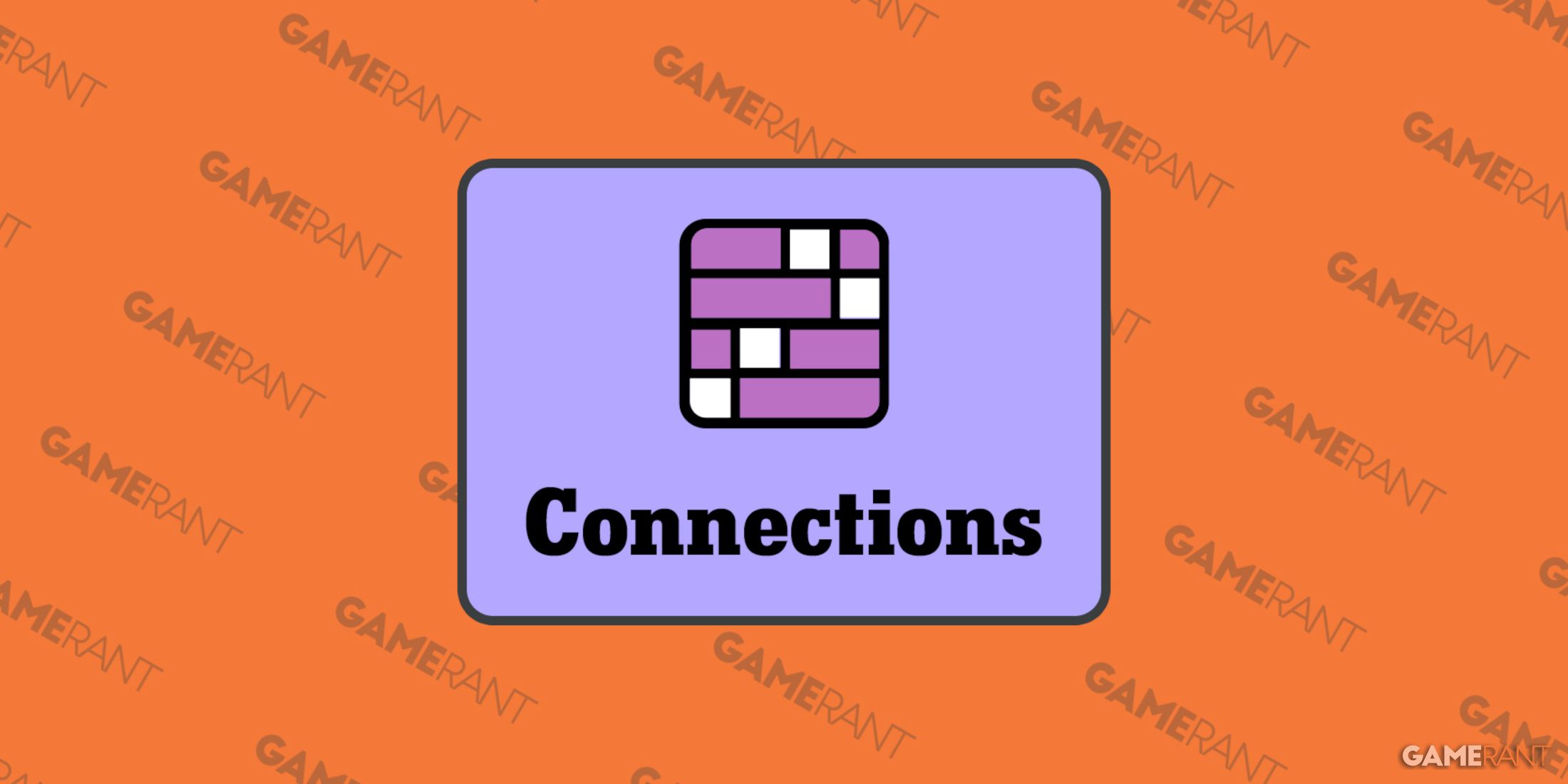What Happened
On June 12, 2025, the New York Times released its daily word puzzle, “Connections,” which challenges players to group 16 words into four categories. This particular edition, numbered 732, featured a mix of themes that included affectionate gestures, gossiping, activities involving pins or needles, and terms starting with honorifics. The puzzle is designed to test players’ vocabulary and lateral thinking skills, offering a blend of straightforward and more complex word associations.
The game has gained popularity as a daily brain teaser, similar to the widely recognized “Wordle.” Each puzzle is rated for difficulty, with the June 12 edition receiving a rating of 2.5 out of 5, indicating a moderate level of challenge. Players can engage with the puzzle online or through mobile devices, and they are encouraged to share their results and strategies with others.
Key Details
- Puzzle Release: The Connections puzzle is released daily at midnight in Eastern Standard Time, accommodating players across various time zones.
- Difficulty Rating: The June 12 puzzle was rated 2.5 out of 5 in terms of difficulty, suggesting a balanced challenge for players.
- Categories and Answers:
- Yellow Group (Getting Cozy): CUDDLING, HUGGING, SNUGGLING, SPOONING
- Green Group (Gossiping): BUZZING, DISHING, SPILLING, WHISPERING
- Blue Group (Activities with Pins or Needles): ACUPUNCTURING, BOWLING, SEWING, WRESTLING
- Purple Group (Starting with Titles): DOCTORING, LORDING, MISSING, SIRING
- Community Engagement: Players are encouraged to post their solve grids and scores in the comments section of the puzzle’s forum, fostering a sense of community and shared experience among solvers.
Multiple Perspectives
The reception of the Connections puzzle has varied among players. Some enjoy the daily challenge and the opportunity to engage with a community of fellow puzzle enthusiasts. According to the New York Times Games team, the game has become a staple for many looking to exercise their cognitive skills in a fun and interactive way.
However, some players express frustration with certain puzzles, particularly when they encounter more challenging categories that require deeper lateral thinking. For instance, the purple category in the June 12 puzzle was noted as particularly tricky, prompting discussions among players about strategies for identifying words that fit within specific prefixes.
The game’s design, which allows for multiple potential associations, can lead to differing opinions on what constitutes an appropriate grouping of words. This aspect of the game has sparked conversations about the nature of wordplay and the subjective experience of puzzle-solving.
Context & Background
Connections is part of a broader trend in digital gaming that emphasizes cognitive engagement and social interaction. The rise of word puzzles and games like “Wordle” has been attributed to their accessibility and the communal aspect of sharing results online. The New York Times has capitalized on this trend by offering a variety of puzzles that cater to different interests and skill levels.
The game is structured to encourage players to think creatively and abstractly, often requiring them to draw connections between seemingly unrelated words. This format not only entertains but also promotes mental agility, making it appealing to a wide audience, from casual players to serious puzzle enthusiasts.
What We Don’t Know Yet
While the Connections puzzle has established itself as a popular daily activity, ongoing discussions among players indicate that there is still much to learn about the preferences and experiences of its audience. For instance, how do different demographics engage with the puzzle? Are there particular themes or categories that resonate more strongly with certain groups of players?
Additionally, the New York Times Games team continues to refine the puzzle’s difficulty ratings and themes based on player feedback, but the exact criteria for these ratings remain somewhat opaque. Understanding how these ratings are determined could provide valuable insights into the puzzle’s design and its reception among players.
As the game evolves, it will be interesting to observe how it adapts to player feedback and whether new features or themes are introduced to enhance the experience further. The ongoing engagement with the puzzle community will likely shape its future iterations, making it a dynamic part of the digital gaming landscape.




